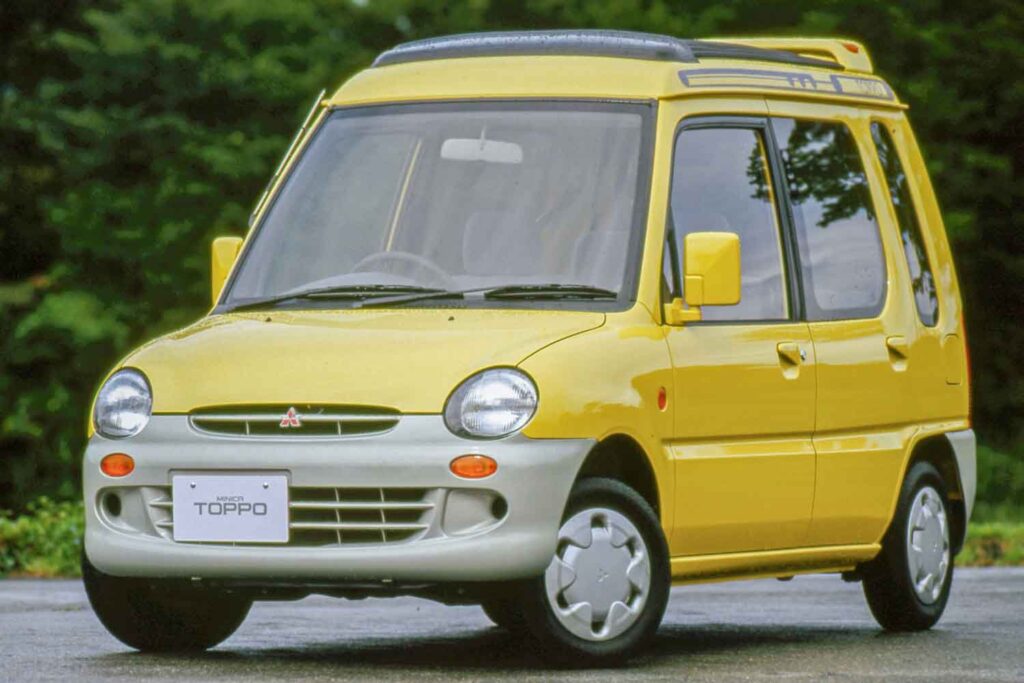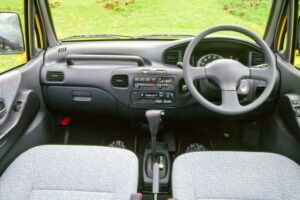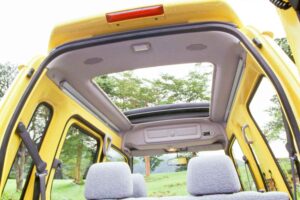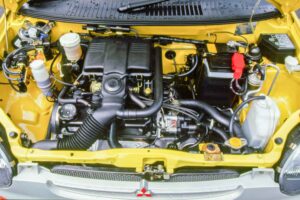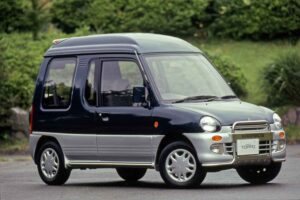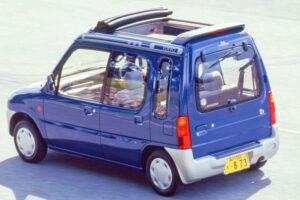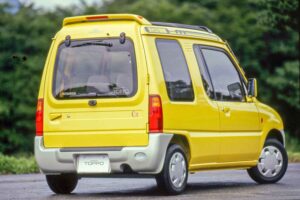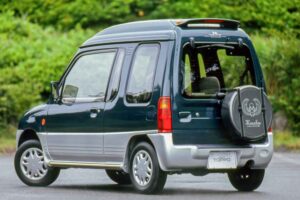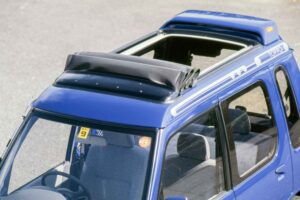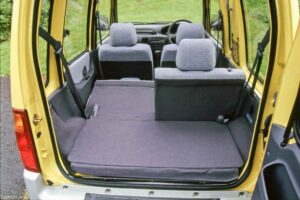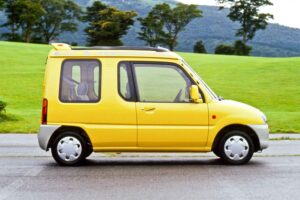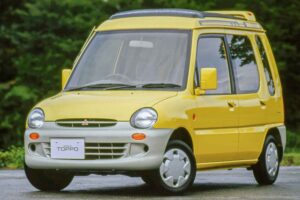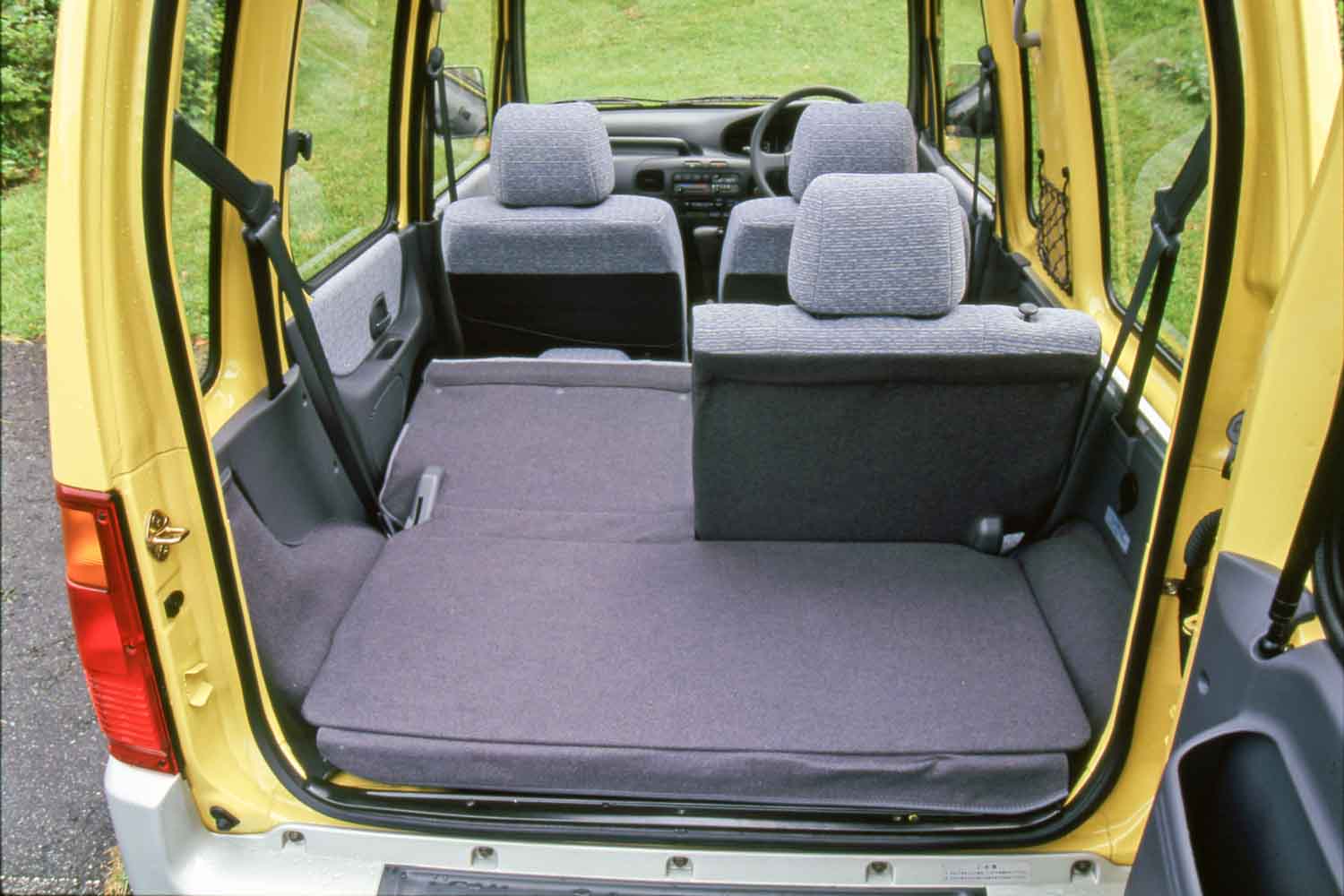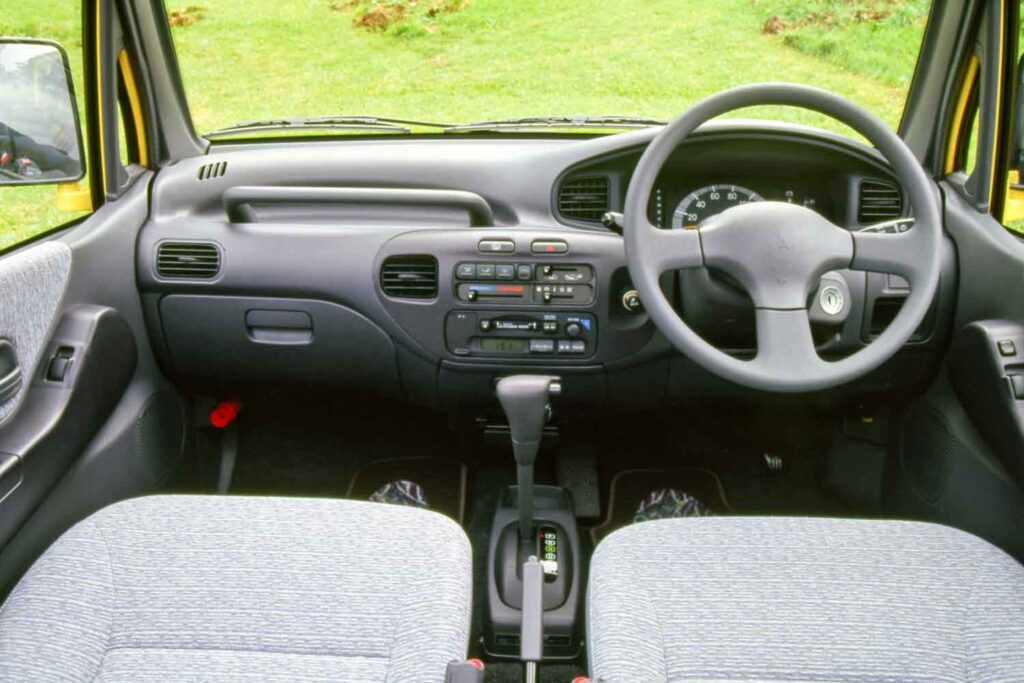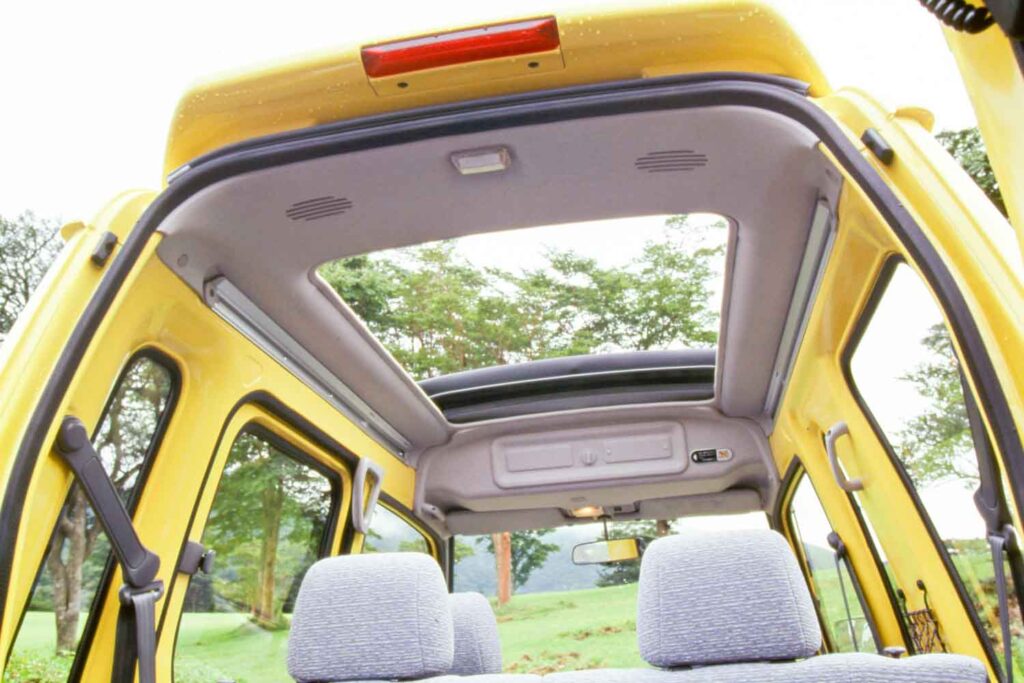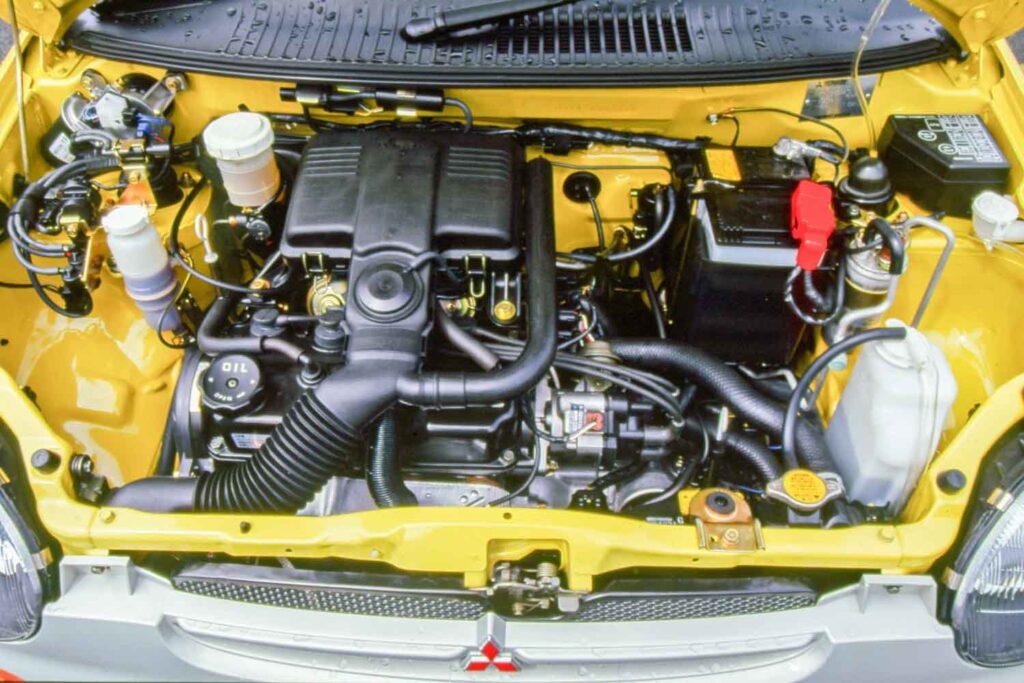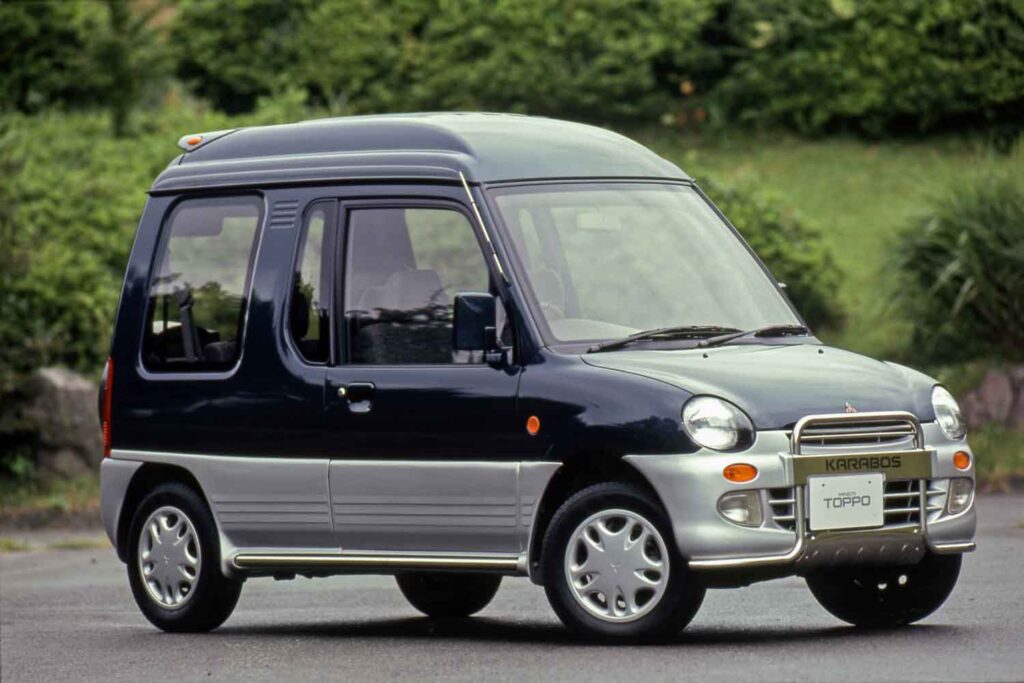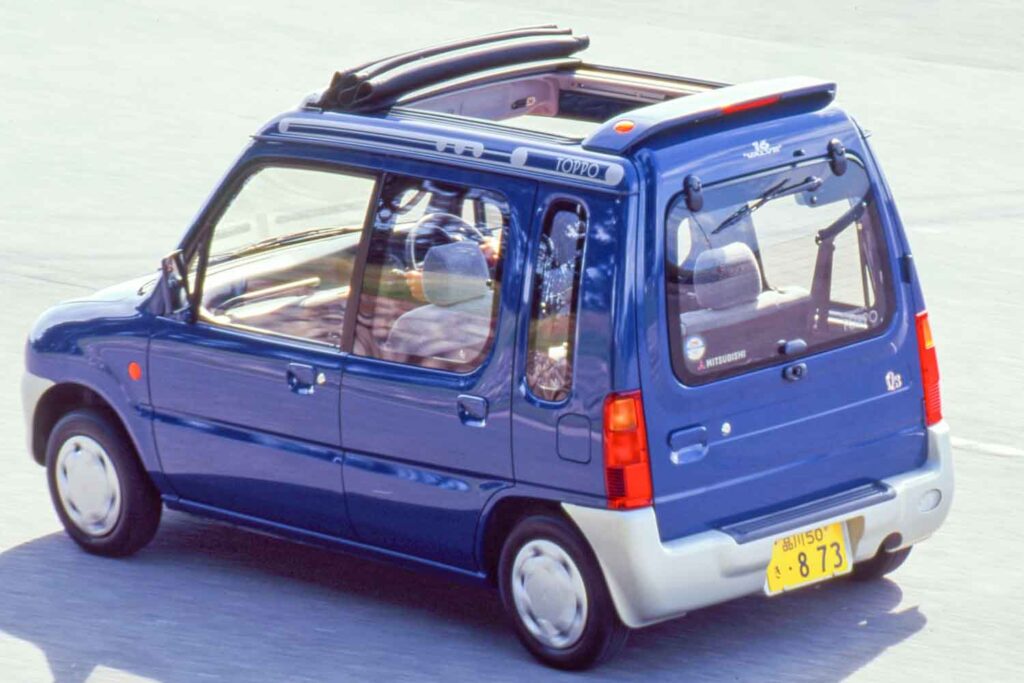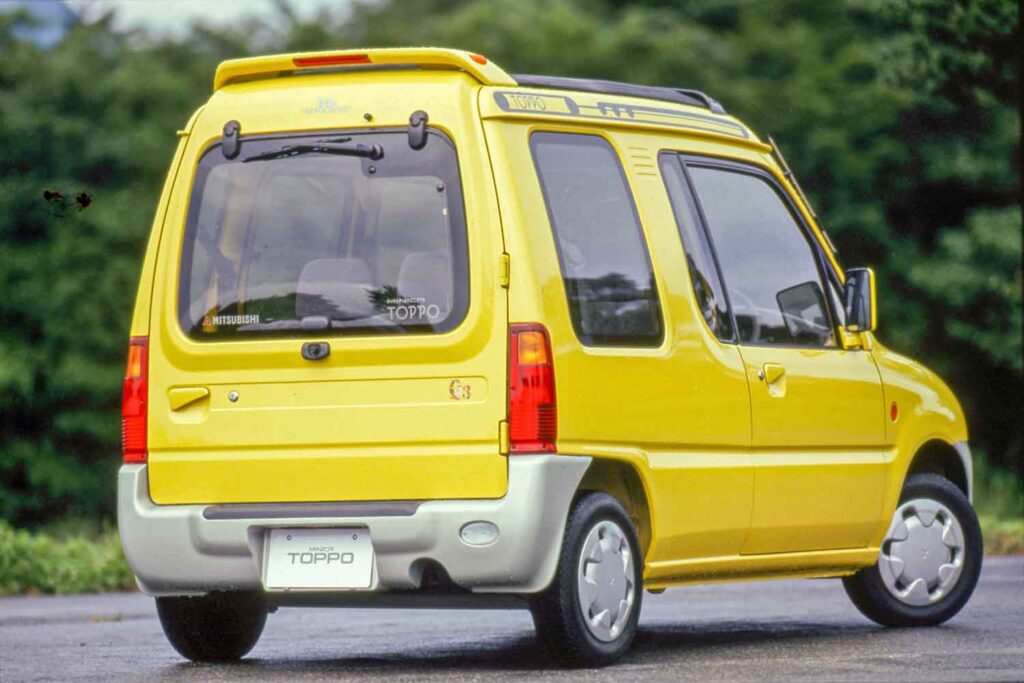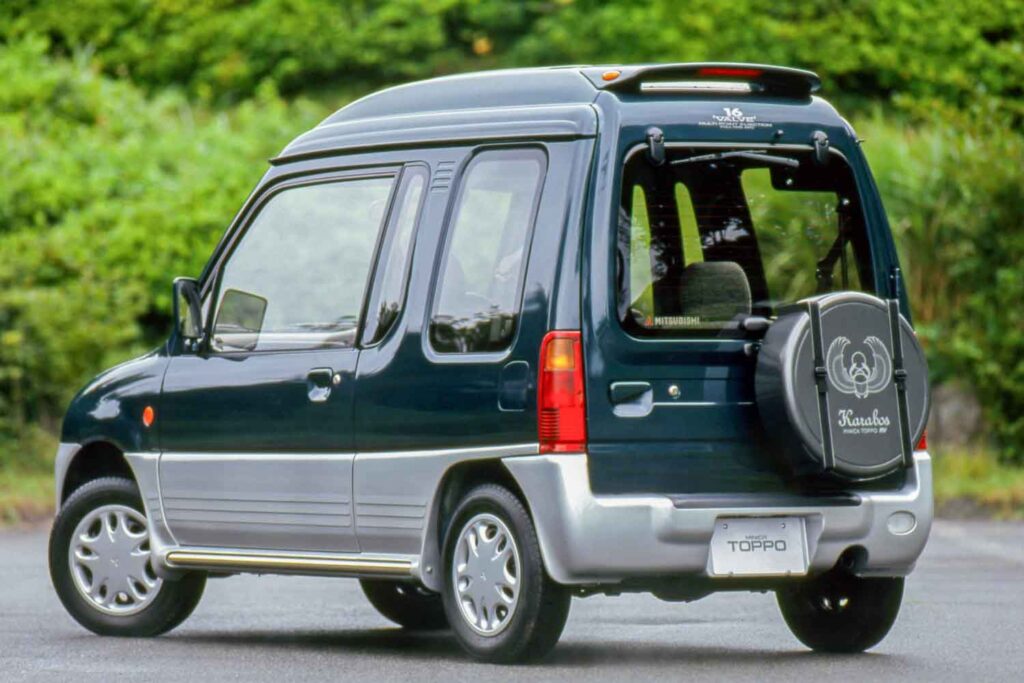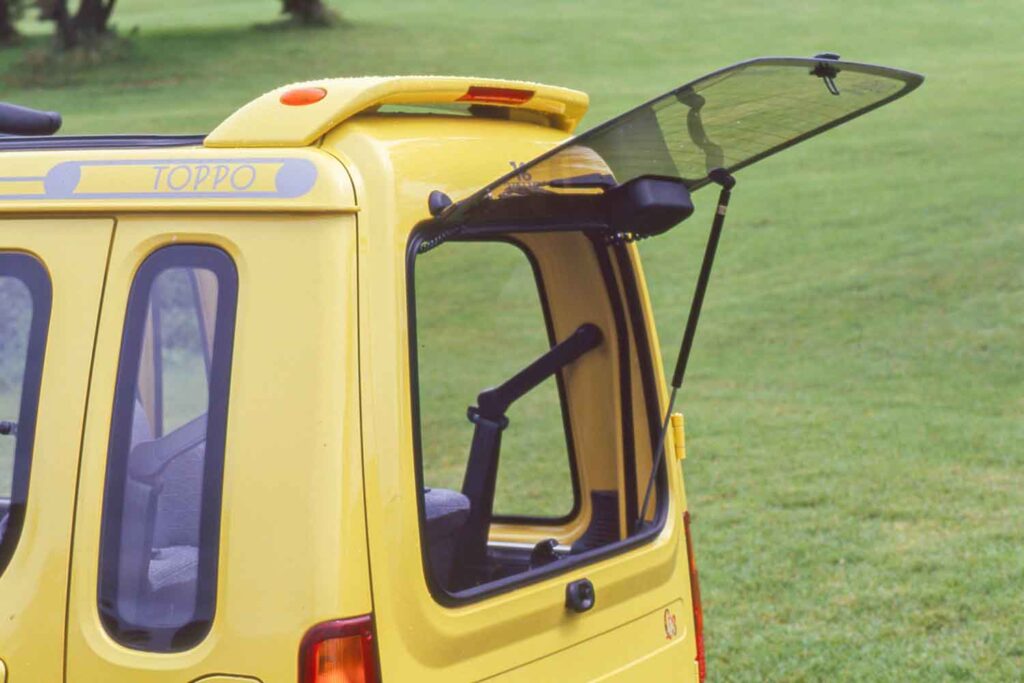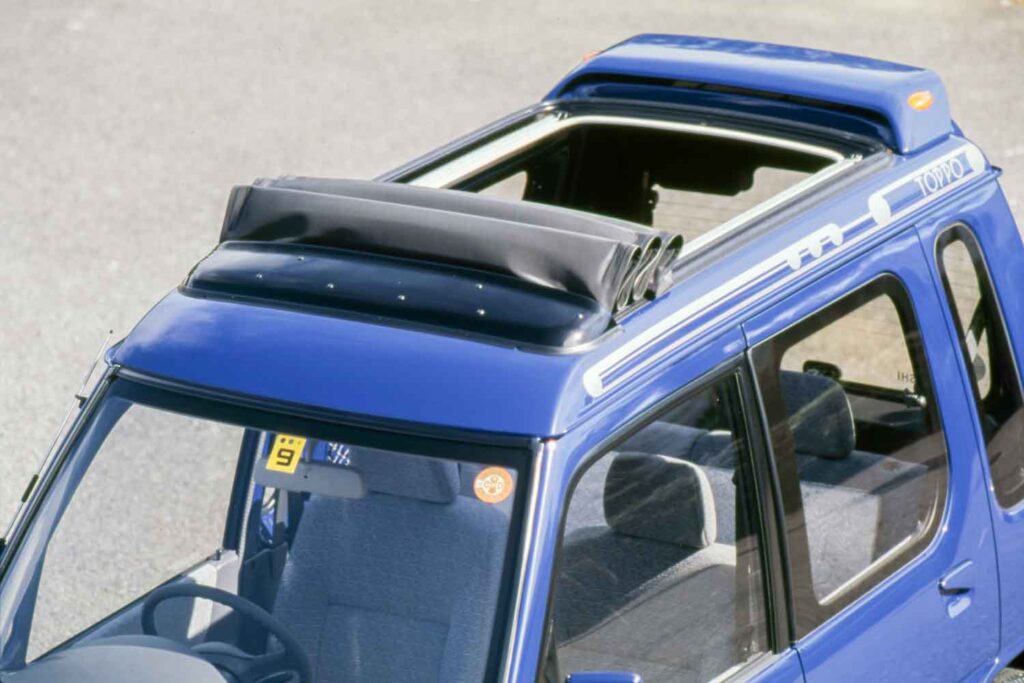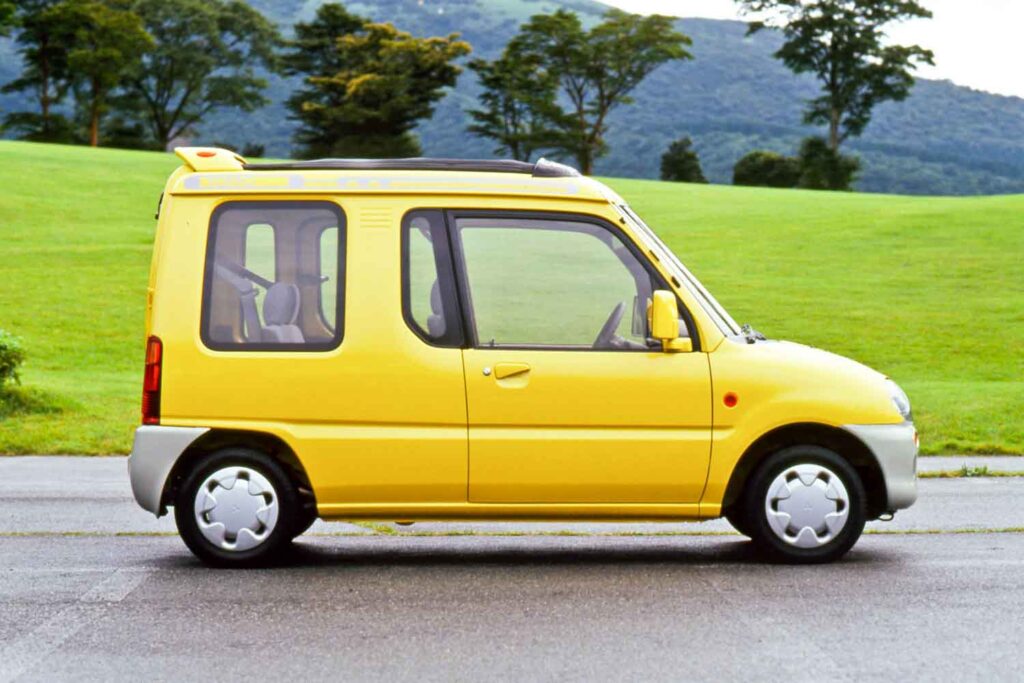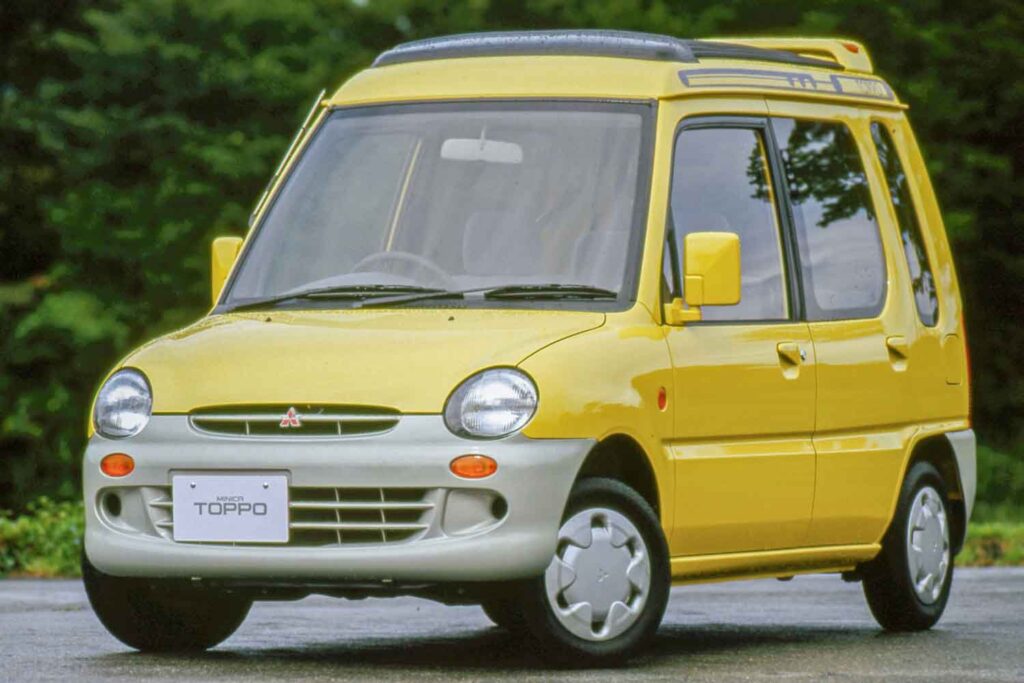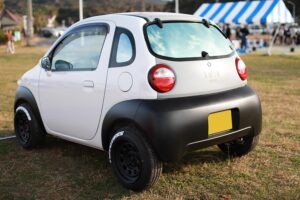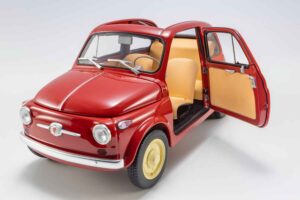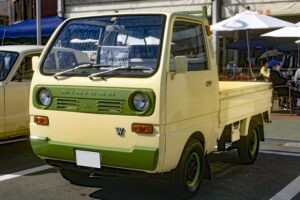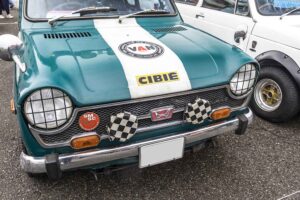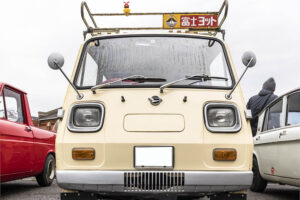This was one car that boasted a fairly high level of perfection
In exchange for preferential tax treatment, light cars have restrictions on body size, displacement, and seating capacity. As you know, super-height mini-wagons have been born and are gaining popularity. There are various theories about the original model of such a super-height light wagon, but Mitsubishi’s Minica Toppo, released in March 1990, is one that was ahead of its time.
It was built with a priority on ease of use
As the car’s name suggests, this Mitsubishi “Minica Toppo” was based on the sixth-generation “Minica,” a light sedan and bonnet van, and the front side of the car was the same as the base model, even before the A-pillars. On the other hand, the A-pillar was angled higher and extended, and the overall height was 1745mm compared to the base car’s 1465mm, giving it a style similar to the Choro-Q of yesteryear.
The body shape was three doors with two doors and a tailgate, but it is interesting to note that the passenger side door was larger to allow access to the rear seat. The interior space was similar to the base model, with a common dashboard, etc., but the seating position of the front seats was raised by about 30 mm. By having them sit upright, the interior could be used more spaciously.
The raised ceiling was equipped with an overhead shelf and utility rails, and a power socket was provided on the side of the cargo area, prioritizing user-friendliness. In addition, an abundance of optional parts were available to further enhance usability.
Because of its larger size, the back doors were changed from the flip-up type of the base model to a side-opening type, but the rear glass was also made to flip up, allowing access to the luggage from either side, which can also be considered a meticulous consideration. </p
Although an NA engine, it produced 52 hp
Because the Minica Toppo was based on the Minica, one of its features, with the exception of the commercial model, was that it was equipped with a DOHC 15-valve 3G83 engine, and the injection model, named ECI Multi, achieved a high output of 52ps despite being NA.
In addition, the canvas-top version of the Qt, added in January 1992, was equipped with a 3G83 intercooler turbo engine that produced 64 hp/9.8 kgm (an NA canvas-top version, the Qc, also existed).
Although the first-generation Minica Toppo is now rarely seen, it was one of the original super-height light wagons, and one that boasted a very high level of utility perfection.
translated by DeepL





